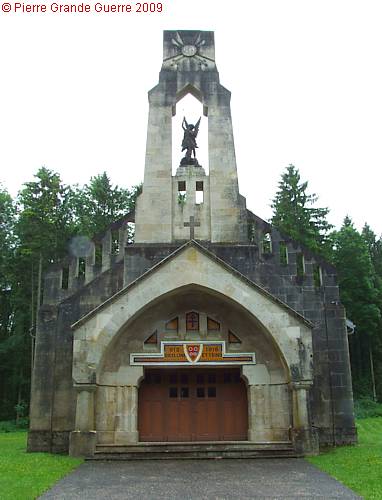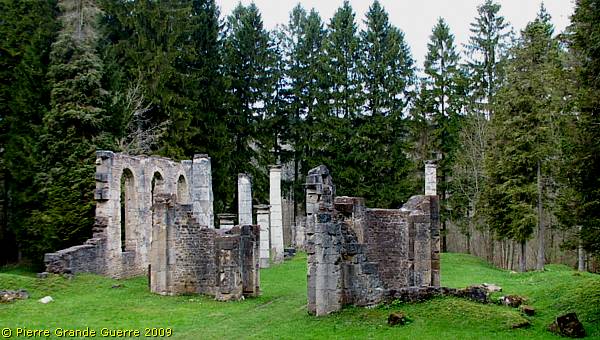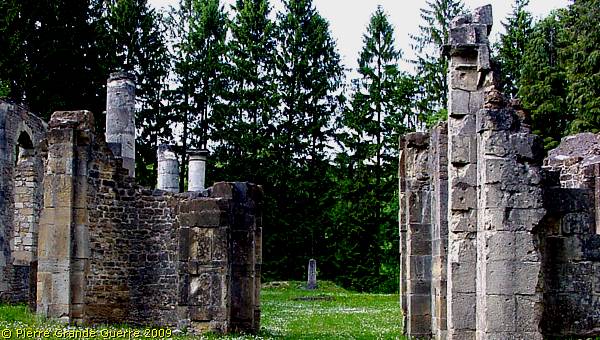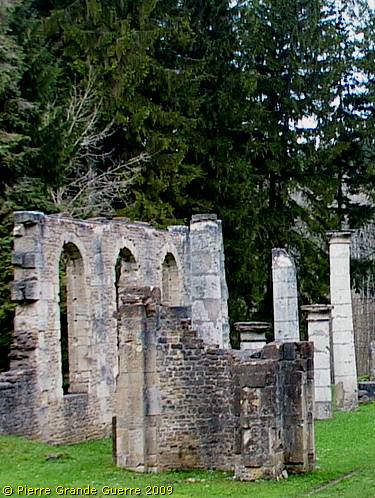VERDUN - Destroyed Villages: Bezonvaux - Ornes
Year of visit: 2009
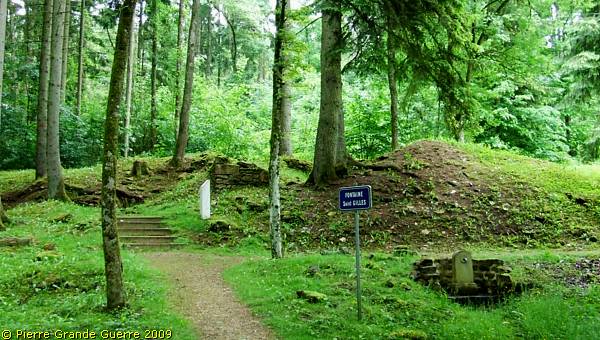
A photo report of a visit on a rainy morning to the Destroyed Villages of Bezonvaux and Ornes, along the 1916 German jump-off line, some 12 km. north-east of Verdun.
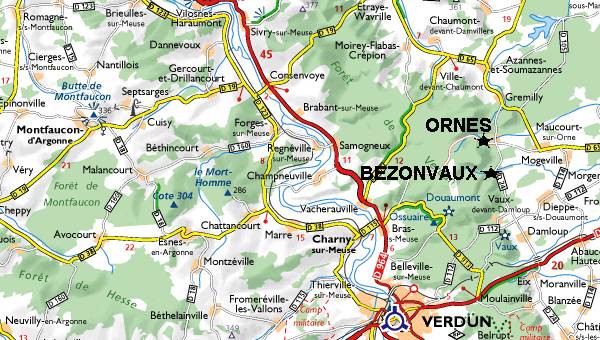
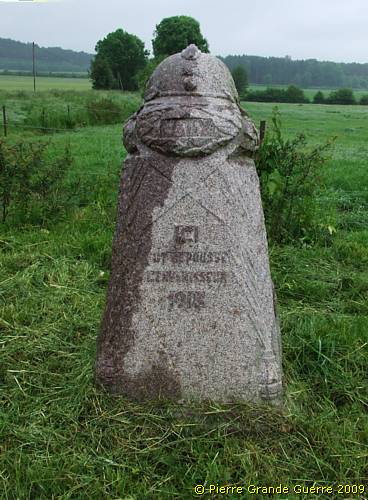


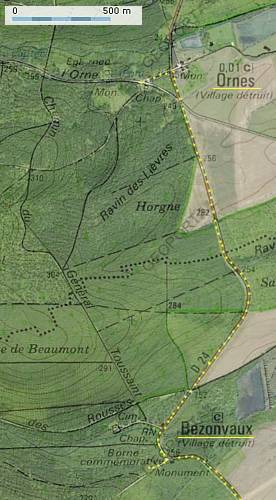
Bezonvaux
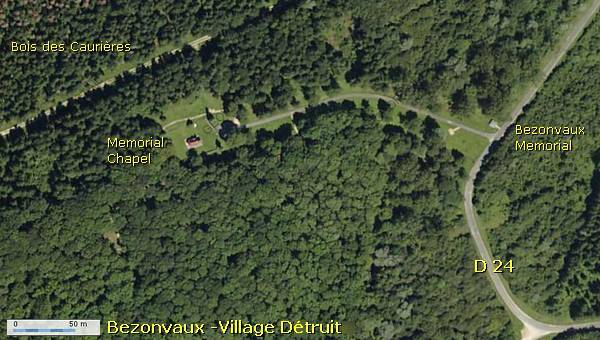
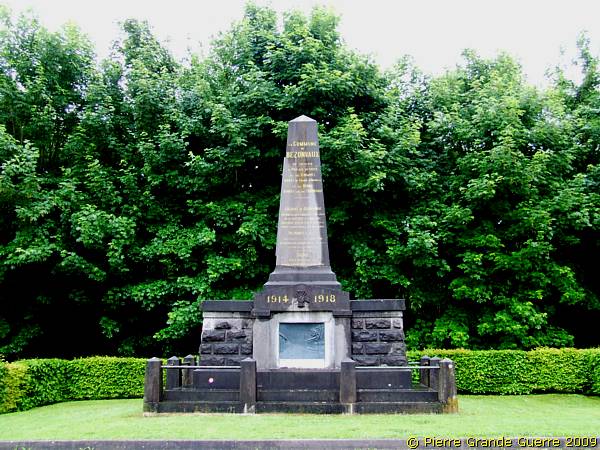

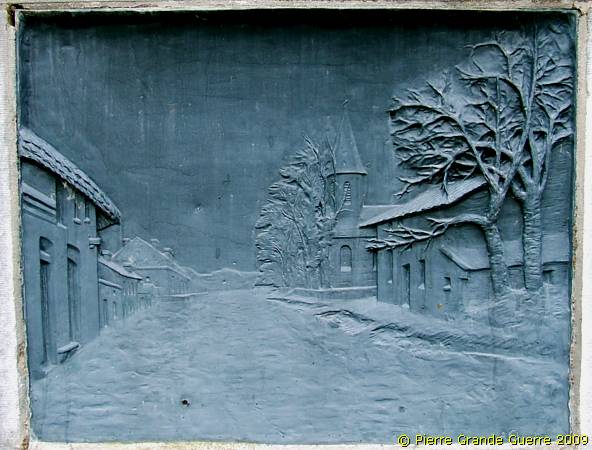

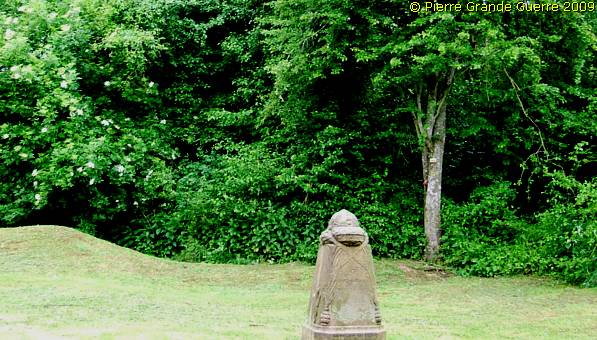
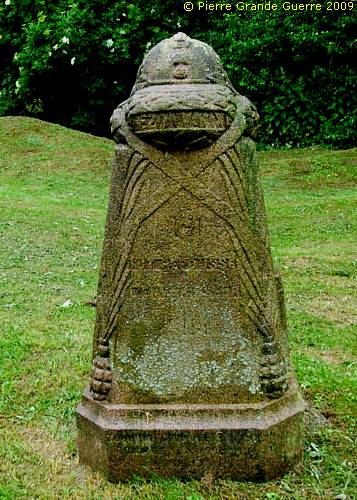


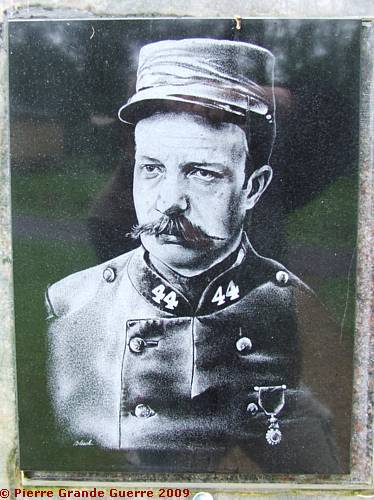
A first glance at the high street, the Grande Rue of Bezonvaux.


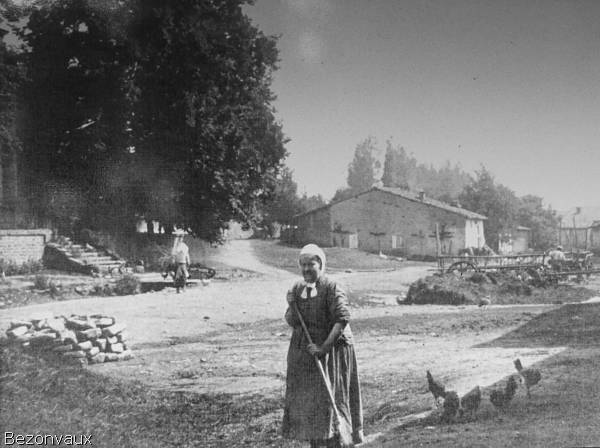
Bezonvaux is one of the nine destroyed villages around Verdun. It was a hamlet of some 150 inhabitants, which has been evacuated on 15 February 1916, just six days before the offensive would start. The village is mainly destroyed by French artillery fire of 1916, and has "died for France".
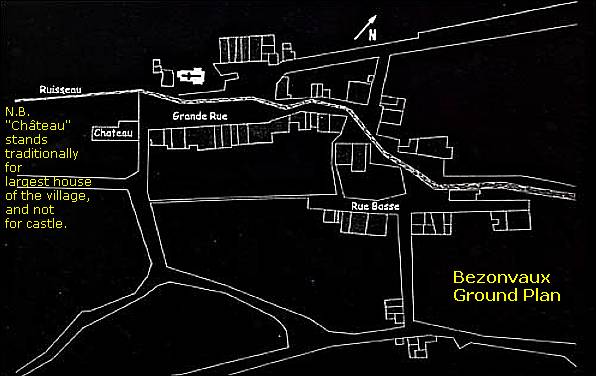
The fate of Bezonvaux is connected to the fate of Ornes. In September 1914 the front line in this region, Ornes, Vaux, Abaucourt, is held by the French 67th Division. At the end of the year 1914 and in 1915 the Germans occupy the heights near Ornes, and sporadically shell the village of Bezonvaux. This situation persists until the date of the offensive of 21 February 1916.
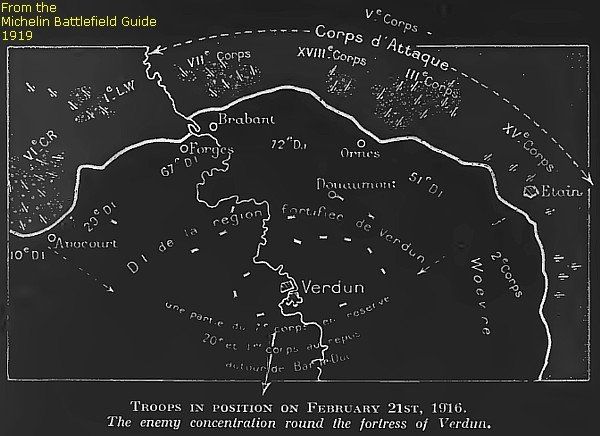
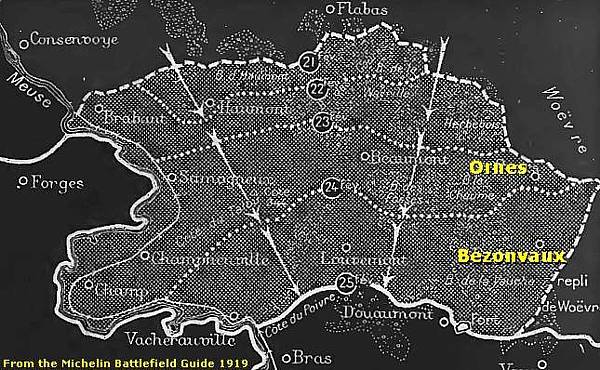
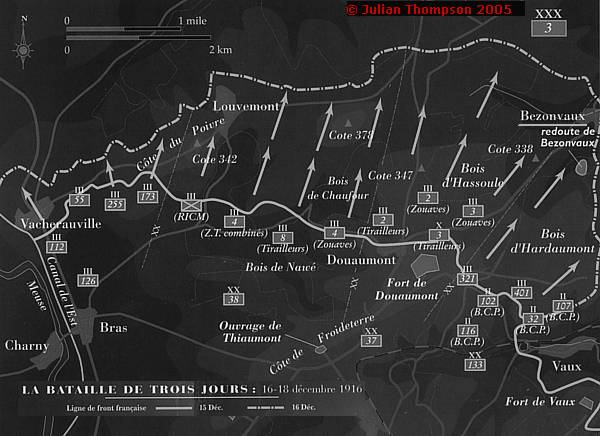
At 16 December 1916 around 2.00 AM the French troops resume the attack. Their aim is to capture Bezonvaux. After taking the key positions of the Lübeck trench and of the Kaiserslautern trench the attackers take a lot of Germans prisoner. Next the Zouaves make their connection with the 102nd Bataillon Chasseurs â Pied (B.C.P.) belonging to the 133rd Infantry Division. The Zouaves and the Chasseurs are ordered to guard the edges of the village, but the number of defenders and the ruins block their advance. Finally at the 17th, despite an error by the French artillery and despite violent German bombardments, the French troops clear Bezonvaux completely of its previous occupants.
The attack did not exceed the original target, and in this sector the front would stabilize for the next two years. The front line near Bezonvaux, that the Germans would keep until the Armistice on 11 November 1918, is just outside village, symbolized by the demarcation stone near the north-east entrance to the former village.

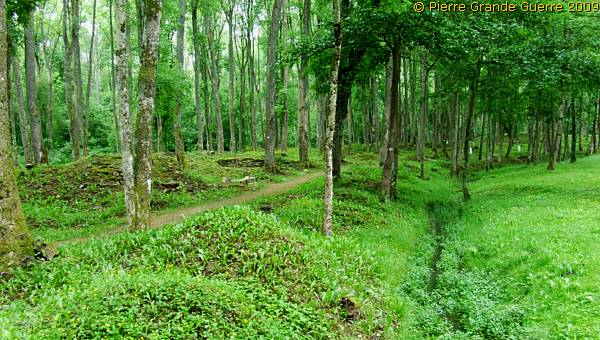
Between the ruins there are a lot of shell holes.
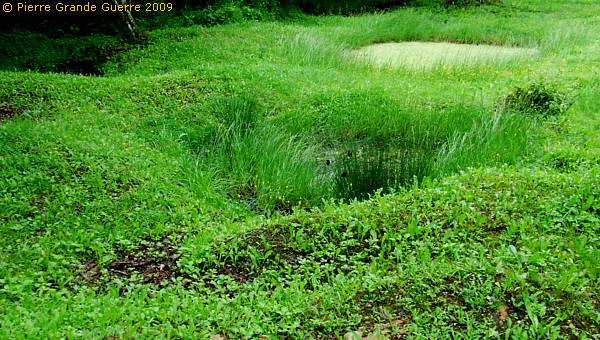
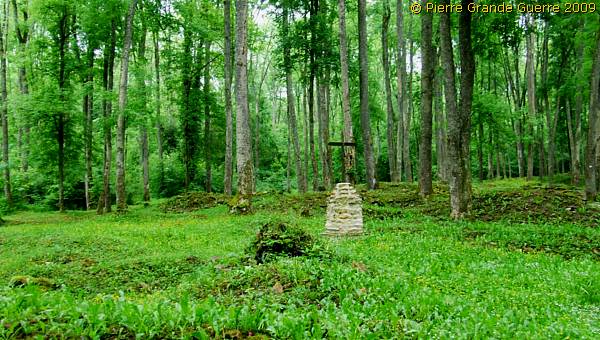
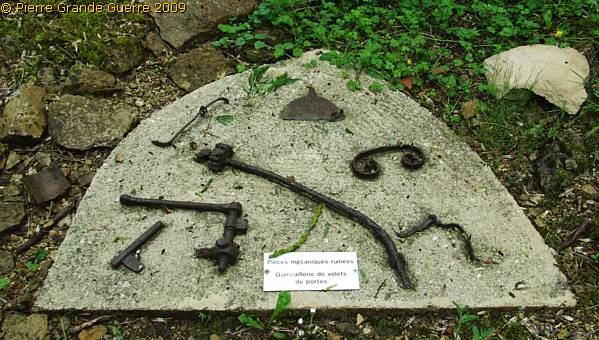
"Hub of a machine to make hay."
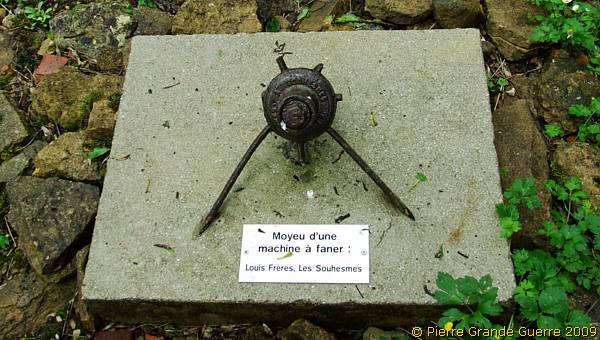

The Mayor of Bezonvaux
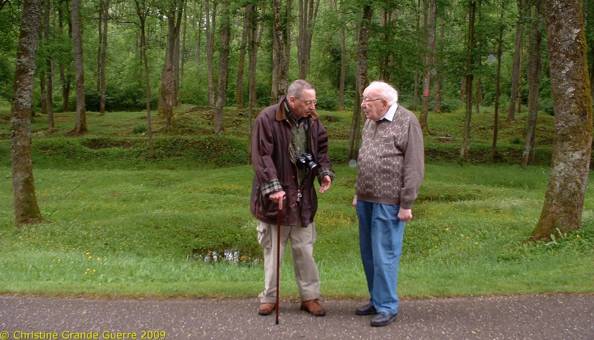
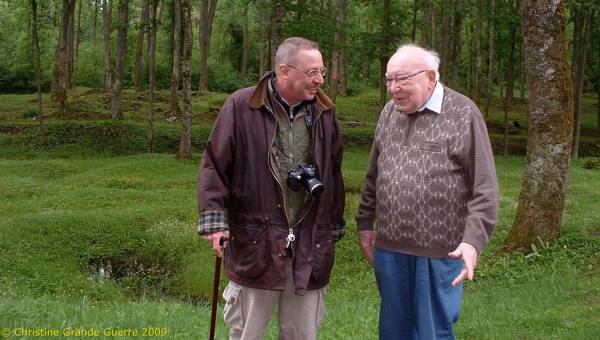
We continue our walk through the ruins westward.
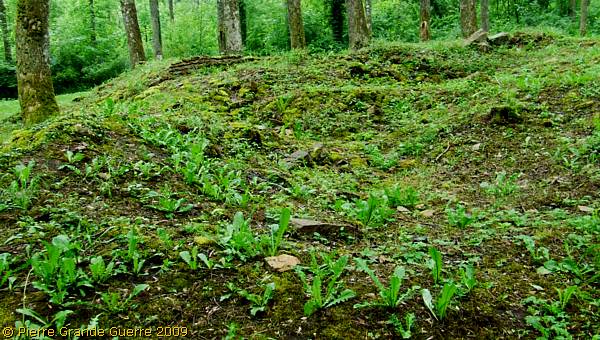
"Slab hit by a shrapnel grenade."
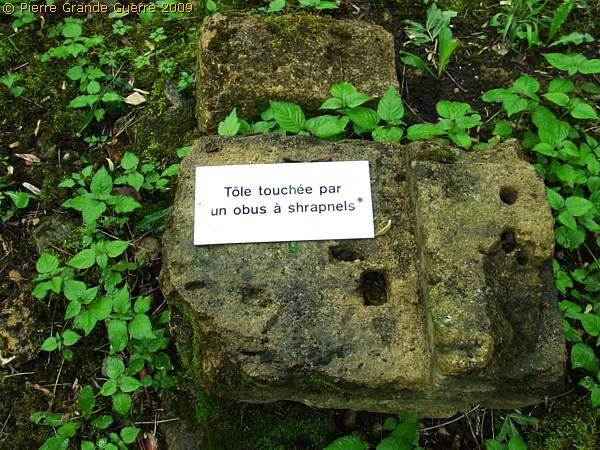
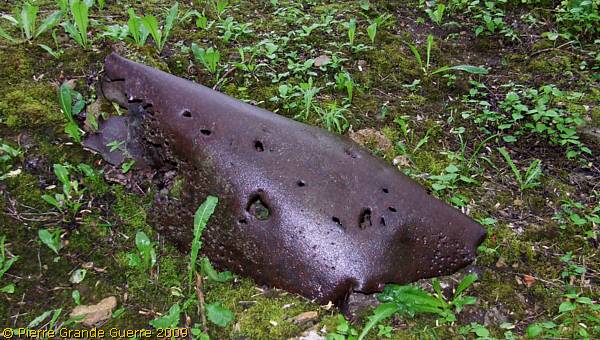
"Parts of a plough."
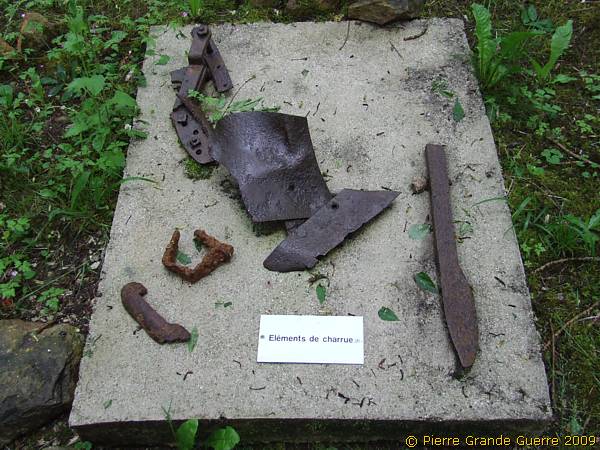
A milk container for farmers.

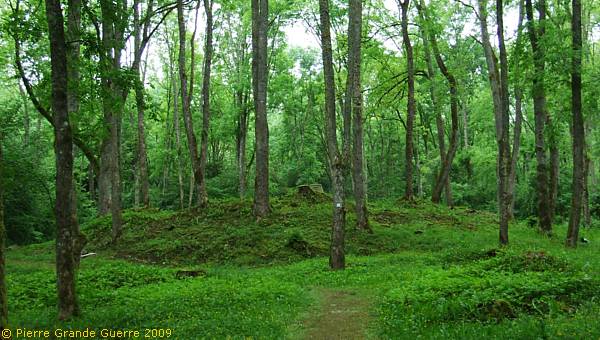
South of this location stands the relic of an artillery carriage.
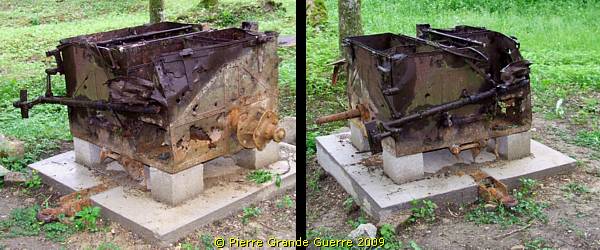
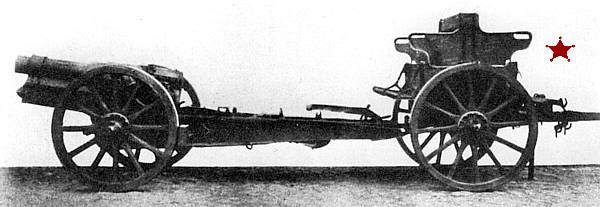
The carriage was meant to carry grenades and hay for the horses.

A view over the shelled ruins eastward.

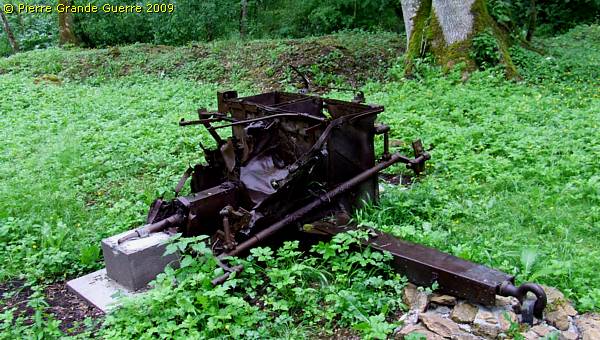

Near this spot: the twisted relics of a mini 60cm. railway.
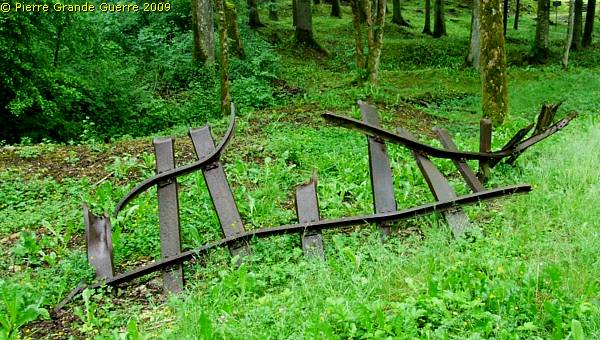
60 Cm. Gauge Track Railways
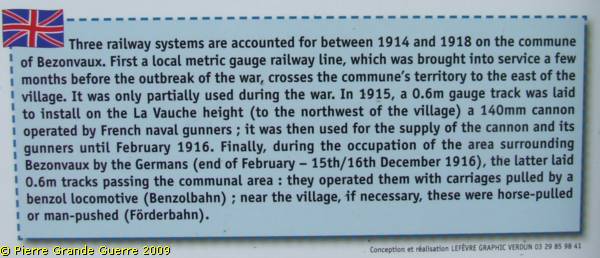
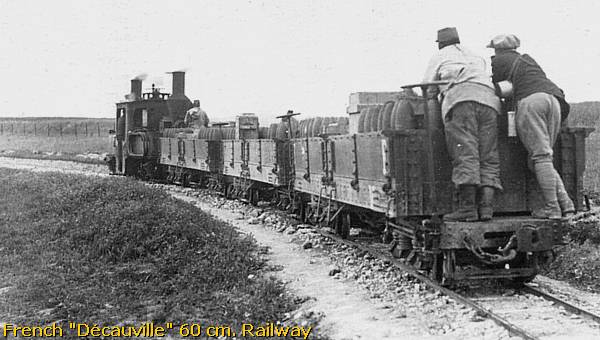
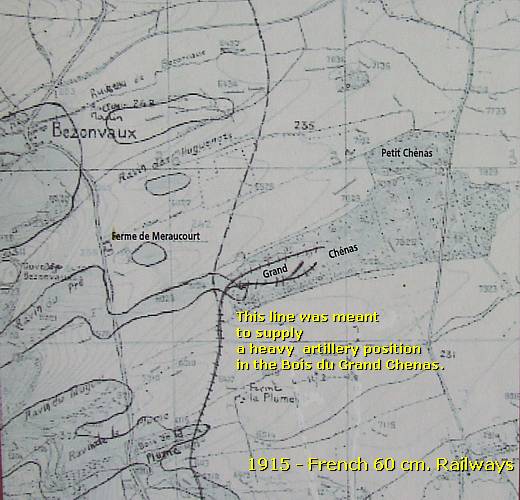
The German Railway Network
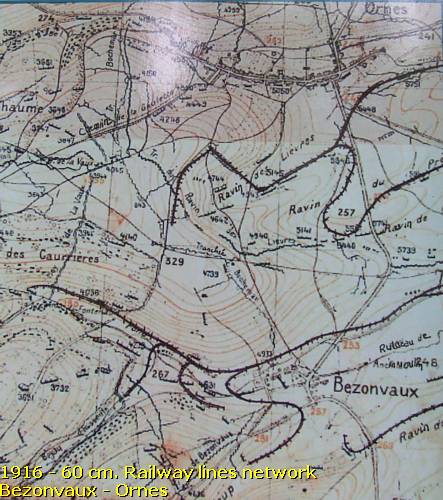
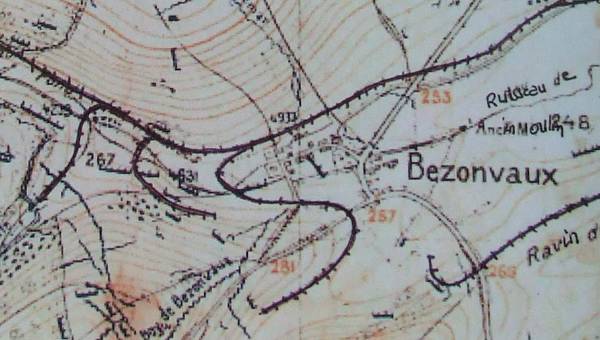
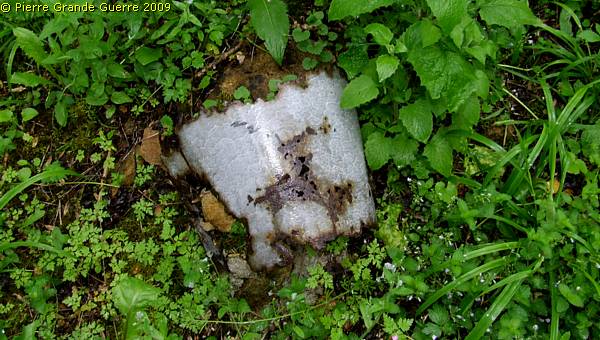
We cross the bridge of the Ruisseau de Bezonvaux.
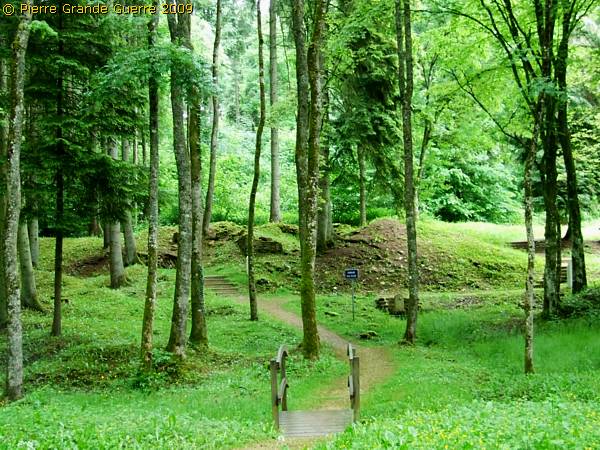
We near the presbytery of the village priest.
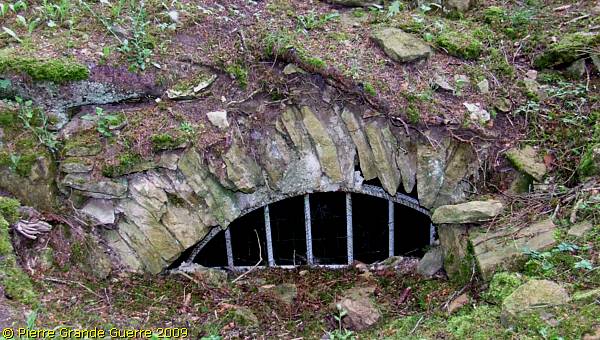
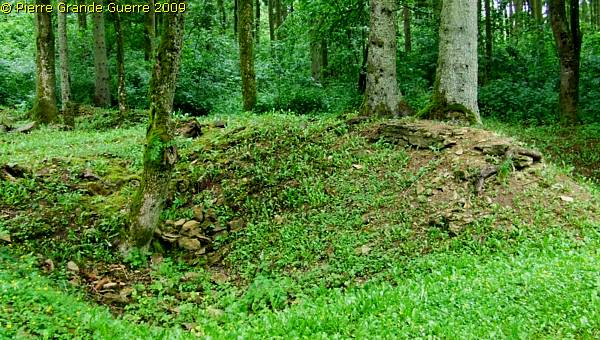
Near the former location of the village church ...
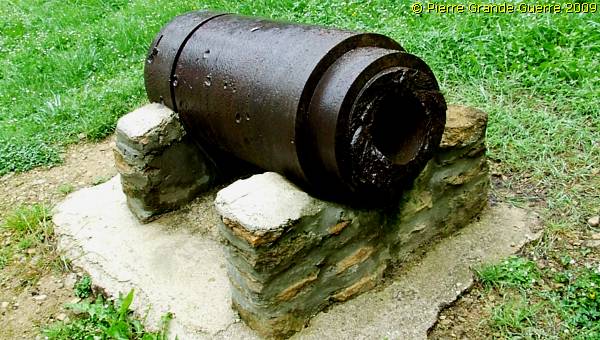
... lies the broken barrel of an artillery gun.
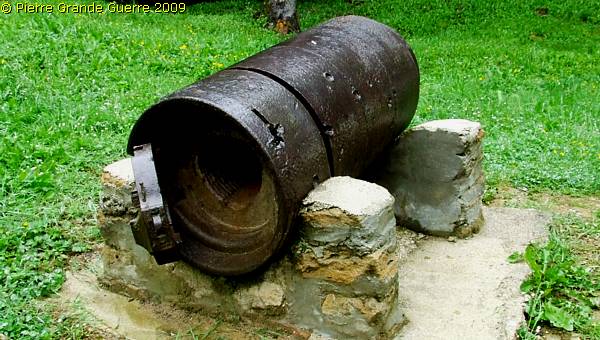


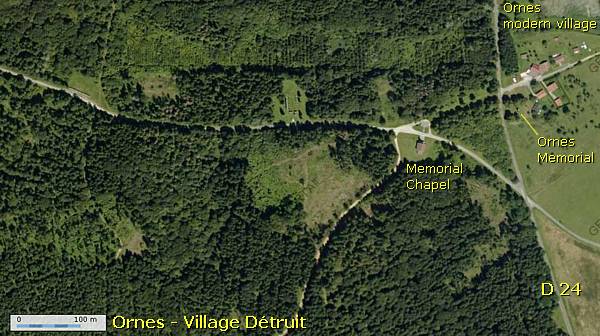

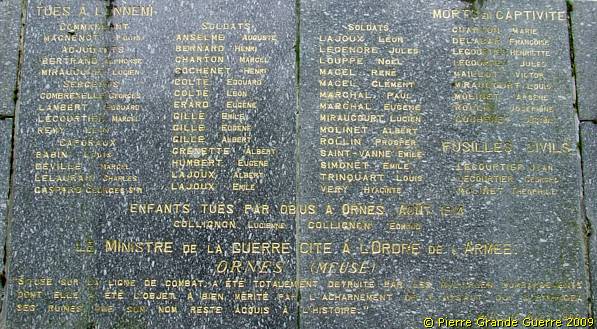
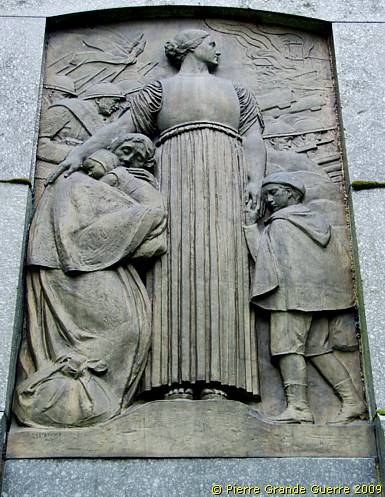
| On 15 September, during an artillery bombardment on Ornes, the 15 year old Lucienne Collignon fled in a cellar, carrying her 3 months old baby brother, Edmond, in her arms. Lucienne was hit in the head by a shell fragment. By the impact he girl dropped her brother. The girl died the same day. Her baby brother, severely wounded by his fall, died 13 days later, on 28 September 1914.
|
The Fate of Ornes
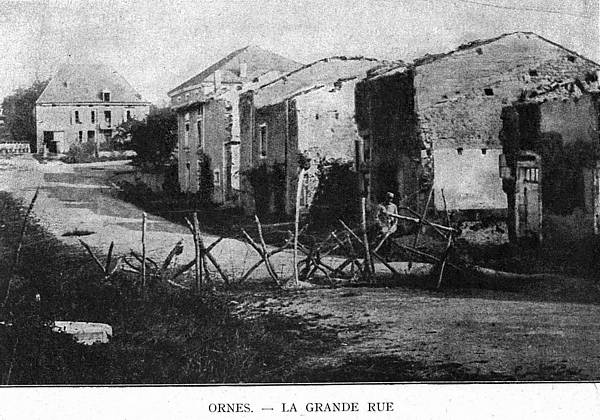
Ornes used to be a larger village than Bezonvaux. The population of Ornes in 1914 counted around 700 people. The inhabitants of villages like Vaux, Douaumont, Bezonvaux and Ornes lived of agriculture and craft. Ornes had more mills and workshops than other villages in the area. Ornes was also more prosperous than the other villages.
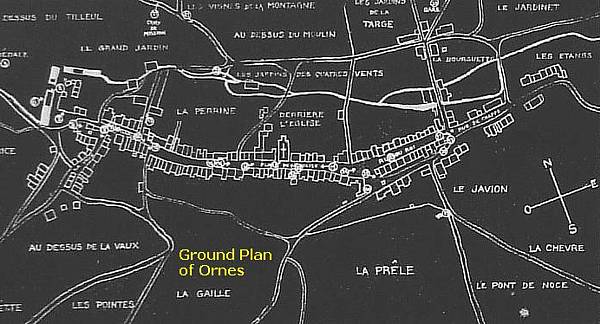
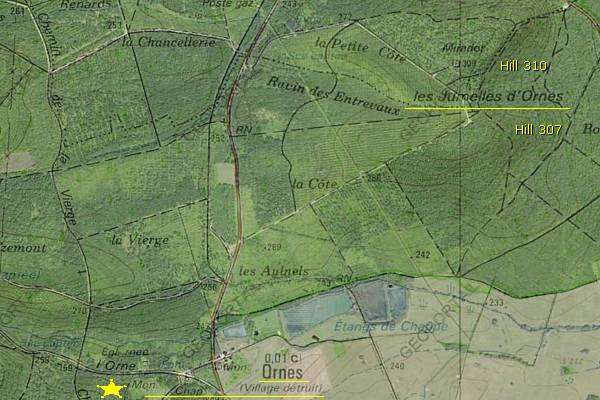
The Germans did set up a position east of Ornes at the "Jumelles d'Ornes", the double heights of hill 307 en 310. The village was not yet occupied by French troops nor by the Germans. Patrols of both parties entered the village of Ornes several times. These patrols caused artillery bombardments from both sides.
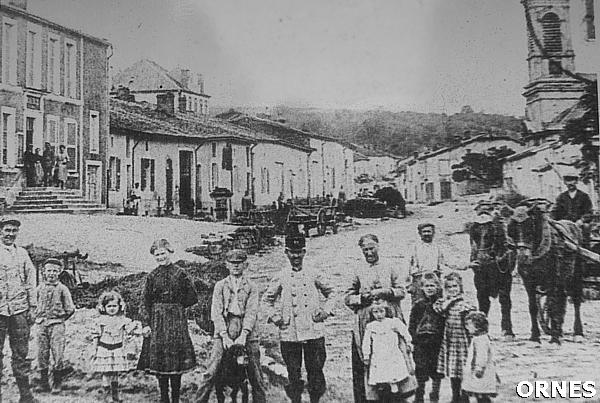
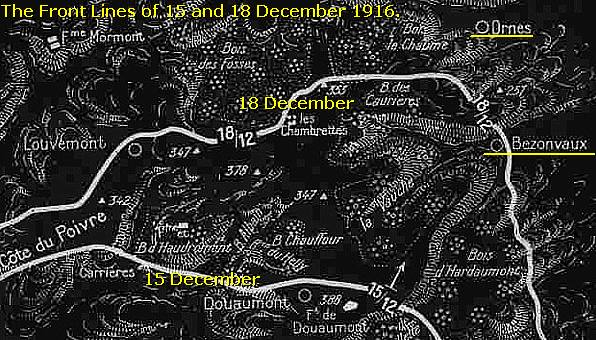
In 1919 a law endowed each destroyed village to a municipal commission and a president, whose powers and prerogatives are those of a mayor. Later on the president will officially be elected or appointed as mayor. In the twenties a chapel, serving also as a shelter, and a war memorial was constructed at all destroyed villages. Like on all other war memorials in still existing villages of France the names “of their children, who died for the fatherland” are inscripted on these war memorials.
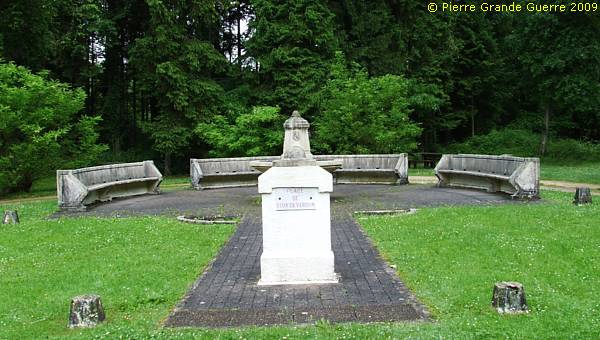
Opposite of it is the Ornes Memorial Chapel, ...
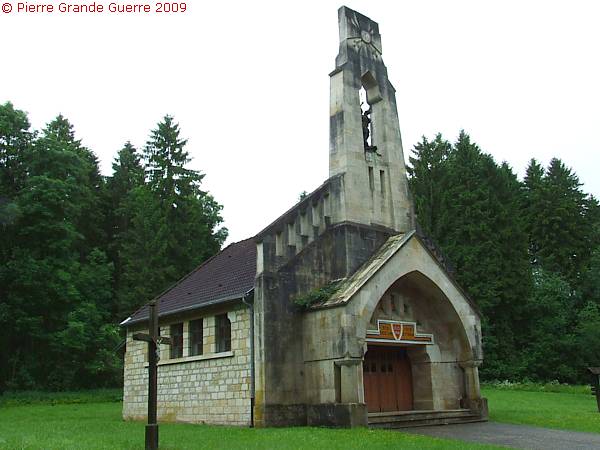
... which has been built in 1932.
